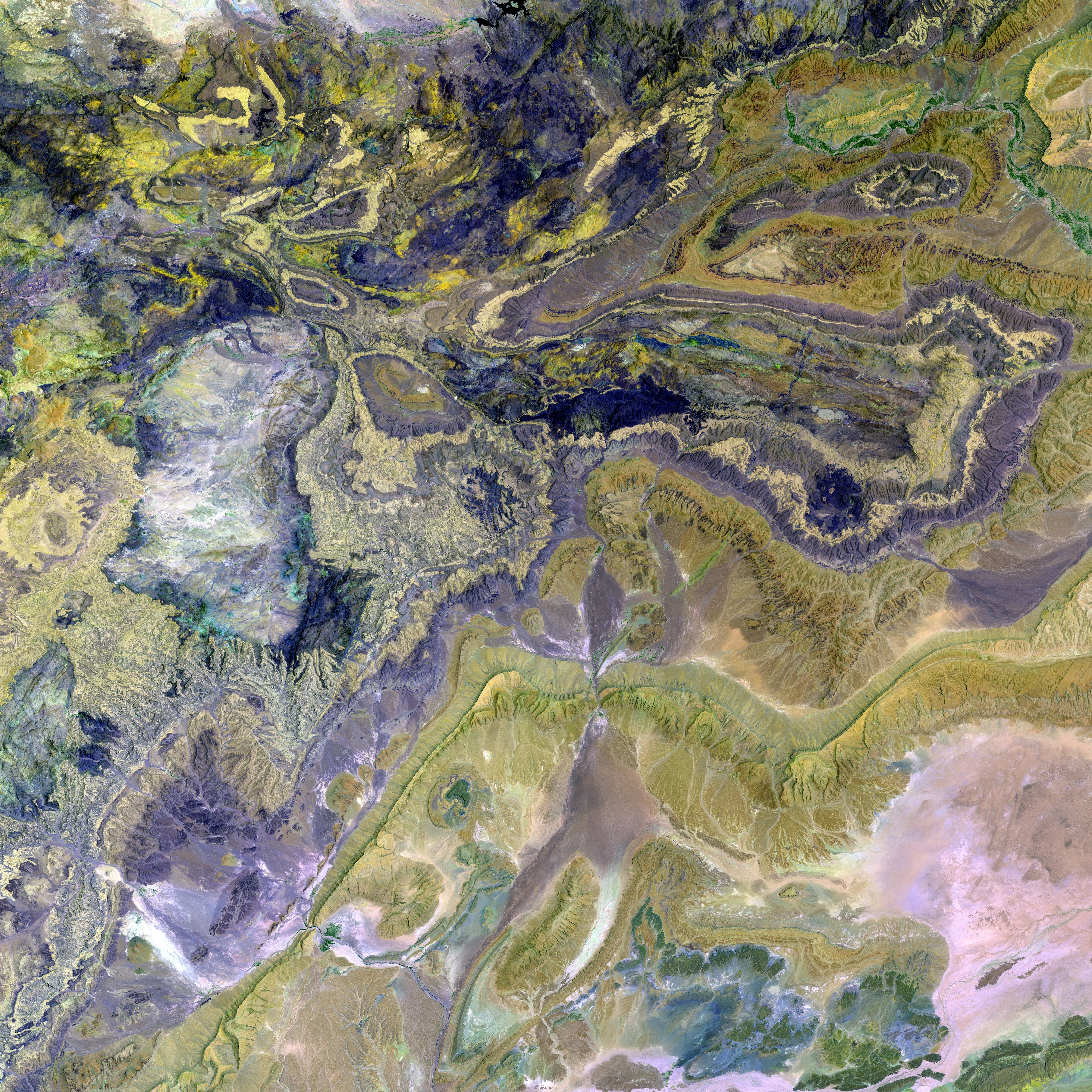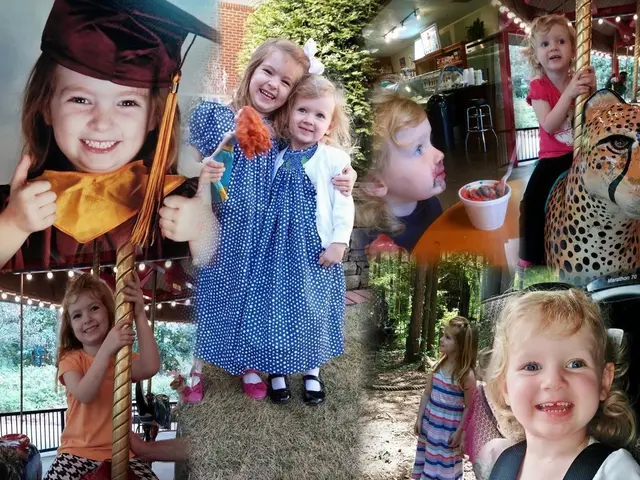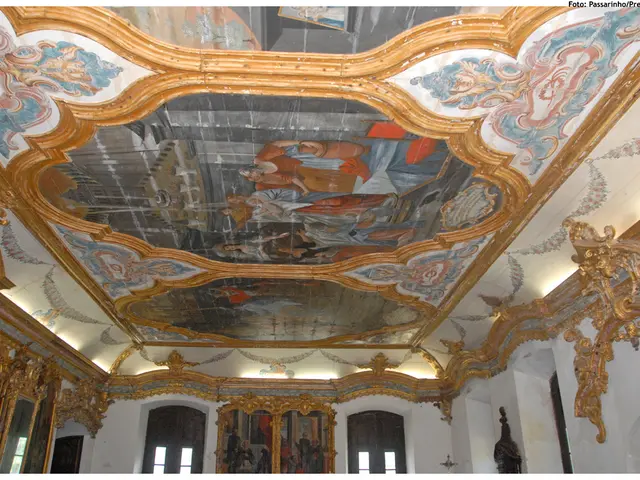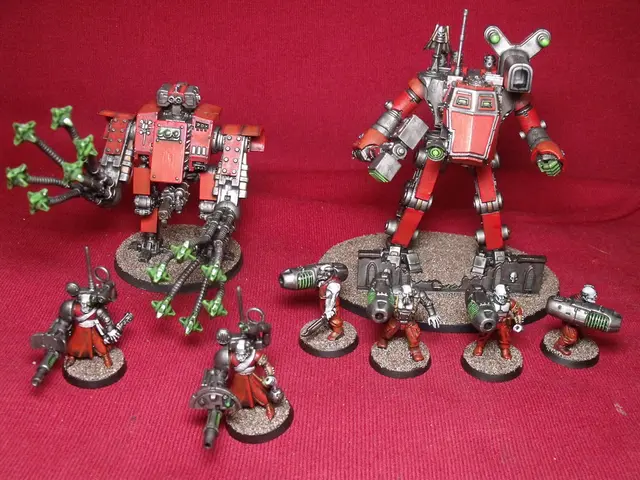A Larch-Wood Children's Palace Located in Berlin's FEZ
The Freizeit- und Erholungszentrum (FEZ) in Wuhlheide, Berlin, has been officially designated as a listed building due to its significant cultural and historical importance, particularly in light of its role during the German Democratic Republic (GDR) era.
Originally established as the Pionierpalast "Ernst Thälmann," this sprawling center for leisure and recreation emerged as a significant social and cultural institution in East Germany. Spanning 175,000 square meters, the FEZ is now considered Europe's largest non-profit children, youth, and family center, continuing to foster community, learning, and recreation.
The FEZ played a pivotal role during the GDR era, serving as a major venue for youth development and leisure. It offered structured programs centered on creative, physical activities, and collective social experiences, aligning with the socialist values of the time.
One lasting symbol of the unique recreational and educational approach at the FEZ is the pioneer railway, a train run by children that still operates today.
Today, the FEZ serves as a hub for children and families, featuring a diverse range of activities such as theaters, museums, indoor playgrounds, and outdoor spaces like a tropical glasshouse, forest zoo, rope park, and an artificial lake suitable even for babies. It provides a space for adventure, learning, creativity, and fun, allowing children to develop independence and social skills.
In 1979, the center was inaugurated by astronaut Sigmund Jähn and has since welcomed 39 cosmonauts and astronauts. The architect who designed the timeless masterpiece of modernism is Günter Stahn, who had previously trained under Hermann Henselmann in the experimental office of the Bauakademie. With its clear lines, modern building materials, and open floor plan, the FEZ stands as a testament to East Modernism.
Notable interior features include a sweeping staircase, tongue-and-groove paneling, handmade figurative floor tiles, and a mosaic wall by Peter Sylvester. Externally, the larchwood facade and the stylized flower fountain in front of the house draw inspiration from Finnish architecture.
The FEZ continues to embody its original ideas, center on artistic-aesthetic education with a focus on creative leisure activities, and uphold its goals through low-threshold offerings. These include free clubs focused on arts, sciences, and recreation, as well as events like the Children’s Day Festival that celebrates young people's rights and creativity.
The FEZ, often referred to as a Genius Loci that exudes a unique, inherent character and special atmosphere, will strive to preserve this spirit for future generations.
- The unique lifestyle and outdoor-living aspects of the Freizeit- und Erholungszentrum (FEZ) in Wuhlheide, Berlin, have been influenced by its historical significance and East Modernist design, creating a distinctive Genius Loci.
- Besides acting as Europe's largest non-profit children, youth, and family center, the FEZ also fosters home-and-garden experiences through features like a tropical glasshouse and a forest zoo, encouraging a harmonious coexistence with nature.
- The FEZ supports personal growth and education-and-self-development by offering clubs and events centered on arts, sciences, and recreation, nurturing creativity and promoting independent thinking in young people.








